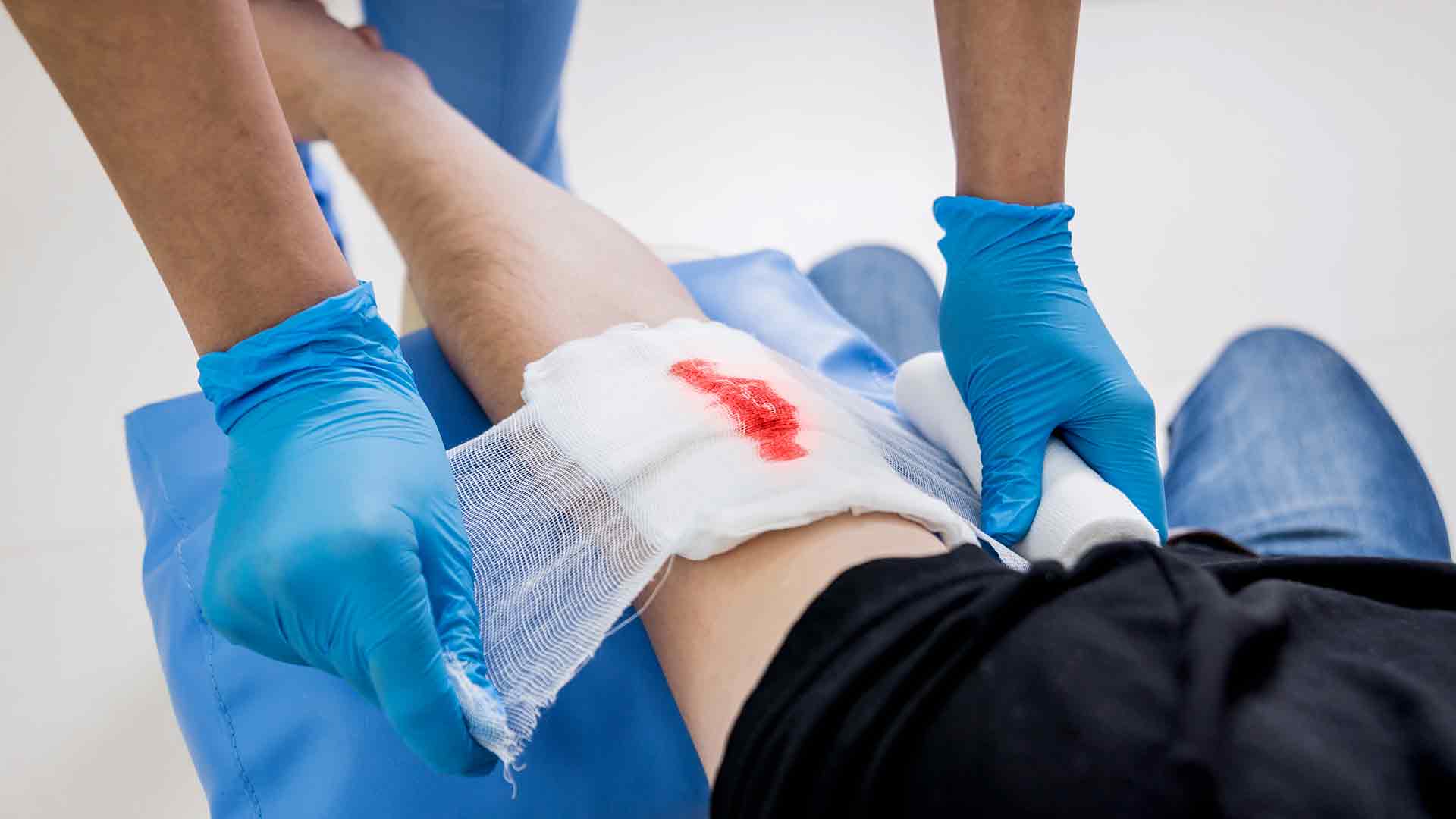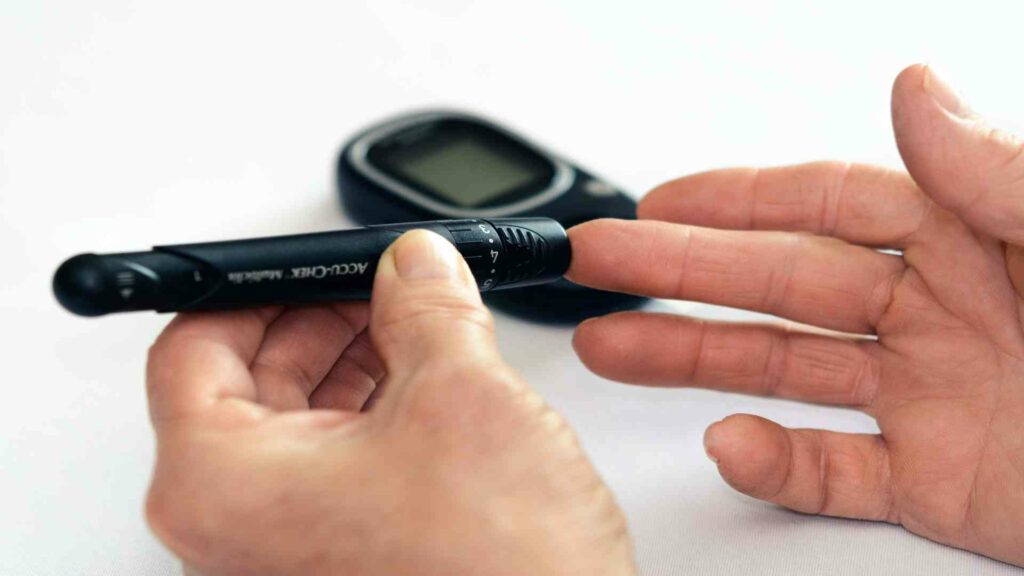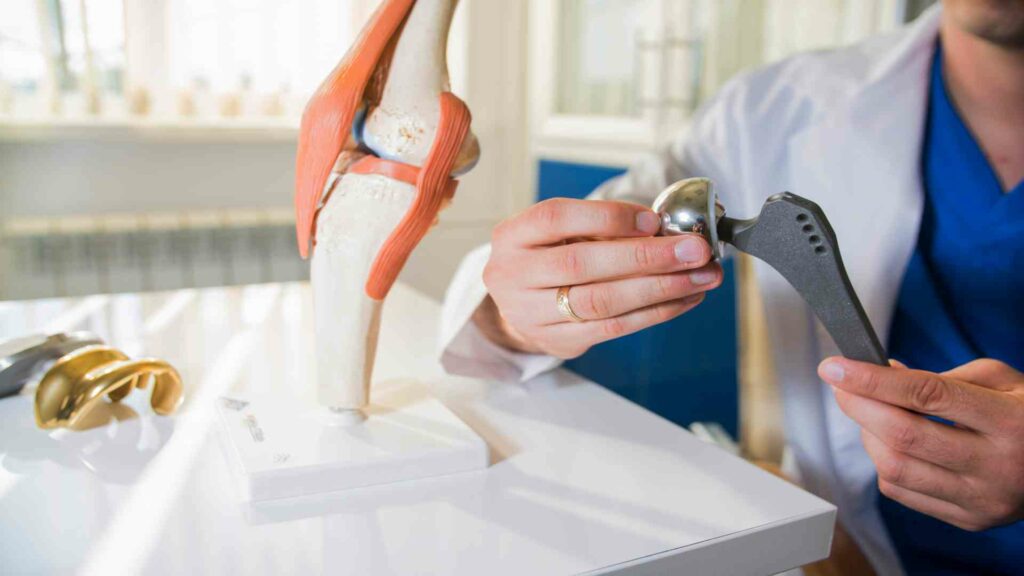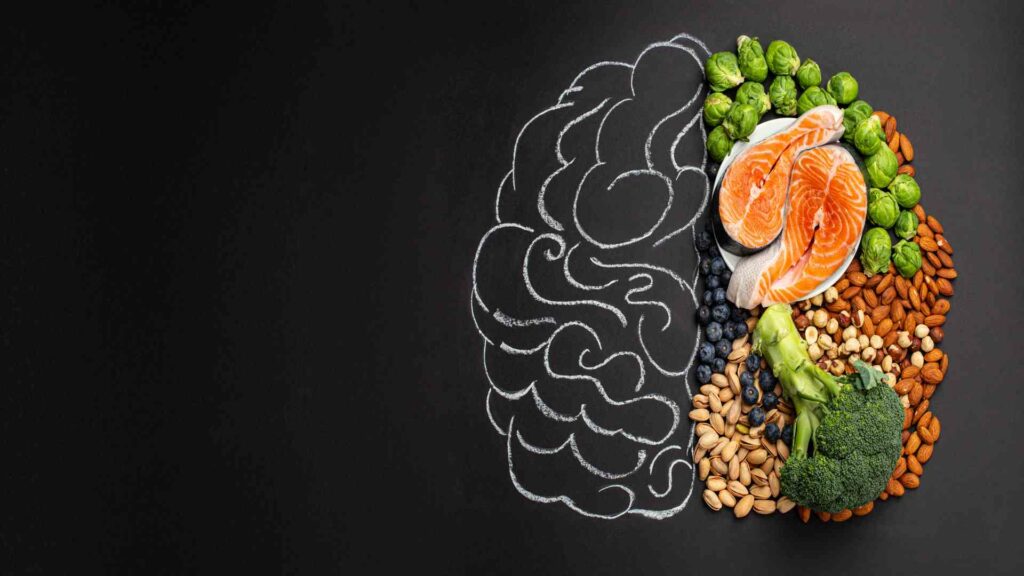Boron in Wound Care
Boron in the form of borate-based bioactive glasses effectively treats chronic wounds in patients across all four stages of wound treatment. As it is a synthetic approach, it avoids problems associated with collagen and animal-derived products. The healing potential of boron in hexagonal boron nitride and boric acid is immense.

Boron in wound care
The treatment of chronic wounds using borate-based bioactive glass has been proven effective for patients at all stages of the wound healing process. It is entirely synthetic and does not contain animal-derived products or collagen. The bioactive glass containing borate is particularly beneficial for diabetic foot ulcers. Oral administration of boron and topical treatment also contributes to wound healing due to the antioxidant properties of boron.
Boron in Healthcare
Boron has several health benefits. Boron is beneficial for bone development, osteoarthritis treatment, and muscle building. It also helps maintain estrogen and testosterone levels, sharpens thinking skills, and improves strength. Boric acid is the most commonly used form of boron in pharmaceuticals. It is used in eye drops and medication to prevent yeast infections. Boron can also be used to prevent and treat cancer. Now, recent research shows that boron is an excellent wound healer.
Bioactive Glass and Boron
The magical combination of bioactive glass and boron provides superior wound biomaterial in treatment for patients. Doctor Larry Hench was the first to discover bioactive glass in the fifties. Bioactive glass consists of various surface reactive glass-ceramic materials and the original bioactive, ‘Bioglass.’ These glasses can replace or repair damaged bones by being biocompatible and bioactive.
Since Dr. Hench’s discovery, bioactive glass has been used in dental and orthopedic applications. The bioactive glass provided an alternative biomaterial—second-generation interfacial bonding between an implant and host tissue. But many of the silica-based glasses used in orthopedic applications were unsuitable for soft tissue healing.
Fast forward to 2009. Researchers at the Missouri University of Science and Technology added unique elements to bioactive glasses to promote angiogenesis. A novel, borate-based bioactive glasses was created.
The borate-based bioactive glass was shown to heal soft tissue wounds. It also has the potential to treat chronic wounds. Borate-based bioactive glass can be placed on wound beds to release ions that stimulate all four phases in the healing process:
- Hemostasis
- Inflammation
- Proliferation
- Remodeling
Boron in the form of boric acid and hexagonal boron nitride has remarkable healing properties. Oral administration of boron and topical treatment also contributes to wound healing due to the antioxidant properties of boron.
Borate Bioactive Glass – The Healing Mechanism
Borate-based bioactive glasses are an effective treatment for wounds, especially in patients who are difficult to heal. Borate-based bioactive glasses are entirely synthetic and avoid the problems associated with collagen products or animal-derived products. It also helps to improve patient quality of life and clinical outcomes.
Wound healing is performed by the epithelial cells known as keratinocytes. Migration and the proliferation of new cells are required for wound healing. In-vitro studies of human keratinocyte culture showed that boron solutions of different strengths impacted the formation of 2-mm gaps in culture media. The gap closure rate of the boron-treated cell cultures was 20% higher than that of the control culture. Boron is also essential for a vascular endothelial growth factor (VEGF).
Calcium ions are released to stimulate hemostasis, accelerating the first stage in wound healing. Research has shown that the dissolution of borate-based bioactive glasses’ ionic products in body fluid stimulates osteoblast proliferation and may increase angiogenesis. This mechanism creates new blood vessels from existing blood vessels. This is a crucial step in wound healing. It ensures that adequate oxygen flows to the wound site. This stimulates new tissue growth and helps restart the healing process for non-healing or stalled wounds.
Recent research has shown that boron can modulate the turnover of the extracellular matrix and increase TNFalpha production. Researchers used an in vitro experiment to examine the direct effects of boron in the studies on certain enzymes (elastase and trypsin-like enzymes and collagenase and alkaline phosphatase) involved in extracellular matrix turnover.
Boron decreased elastase alkaline phosphatase activity but did not affect trypsin or collagenase activities. Another test was done to determine the effect of boron in enzyme activities in fibroblasts. Contrary to the in vitro results, boron increased the activities of trypsin-like and collagenase in fibroblasts.
Boron didn’t alter the generation of free radicals compared to the control, nor did it seem to affect intracellular alkaline phosphatase activity. However, boron did increase phosphorylation. This suggests that boron could influence living cells via a mediator such as TNFalpha, whose transduction signal involves a cascade of phosphorylations.
As healing proceeds, borate-based bioactive glasses stimulate the release of growth factors involved with the deposition extracellular matrix (transforming Growth Factor β), chemotaxis(platelet-derived Growth Factor), epithelialization(fibroblast growth factor, and epidermal growth factor), and angiogenesis(vascular endothelial growth factor).
Boron for Diabetic Wound Healing
Chronic wounds in diabetic patients are often accompanied by inflammation and infection, leading to tissue degradation and hearing impairments.
Boric acid and sodium pentaborate pentahydrate (NaB) were tested in several areas: Antimicrobial activity, growth factor expression-promoting effects, and proliferation. In addition, a boron-containing hydrogel formulation was examined for its wound-healing promoting potential using a full-thickness wound model in streptozotocin-induced diabetic rats.
Both boron compounds had significant effects on the proliferation, migration, vital growth factors, and gene expression of dermal cells. However, NaB showed greater antimicrobial and gene and growth factor expression-inducing properties.
Studies on diabetic animals showed that NaB-containing gel formulations had a higher wound healing rate and improved histopathological scores. The overall data suggest that this could be a promising treatment option for chronic wounds.
Diabetic Foot Ulcer Treatment
FDA recently approved MIRRAGEN Advanced Wound Matrix, a borate-based bioactive glass. The material was developed by ACerS Fellow Steve Jung and Distinguished Member Delbert Day at Missouri University of Science and Technology. ETS Wound Care, a Mo-Sci spin-off, now distributes MIRRAGEN across the country.
In a case study, Donald W. Buck, a plastic and reconstructive surgeon used MIRRAGEN to treat diabetic foot-related ulcers. Earlier, even after multiple surgeries and advanced therapies, the patients in this study failed to heal. The wounds that were treated with MIRRAGEN healed in 6-10 weeks.
Further investigations revealed that MIRRAGEN treatment resulted in 70% healing of wounds, compared to 25% for wounds treated with standard-of-care. The mean percentage area reduction in MIRRAGEN-treated wounds was 79% compared to 37% for standard-of-care.
Boric Acid for Chronic Wounds Treatment
A clinical study compared silver nitrate sponges’ abilities to boric acid’s broad-spectrum antimicrobial abilities and positive effects on wound healing. The boric acid-impregnated sponge group showed a more significant reduction in wound size, epithelialization, and granulation than the silver sponge group. Microscopically, fibroblasts, collagen production, and angiogenesis were all significantly higher. Thus, in combination with the NPWT, boric acid sponges are an excellent alternative treatment for chronic wounds.
Hexagonal Boron Nitrides for Wound Healing
In a recent study on the use of hexagonal boron nitrides, wound healing therapy was investigated using hexagonal boron nitrides (hBNs) as a therapeutic agent. To assess the impact of hBNs on wound healing, they were tested in vitro. For dose determination, hBNs synthesized from natural sources were tested for antimicrobial activity as well as cytotoxicity.
Scratch assay results showed that hBNs accelerate low levels of wound closure and conduct enhanced angiogenic activities. The hBNs also decreased the level of reactive oxygen species. The hBNs saved the cells from apoptosis. The hBNs didn’t cause any damage to mitochondria in low concentrations, and they did not alter the F-actin confirmation in any of the tested concentrations. These results suggest that hBNs could be used as a therapeutic agent for wound healing therapy.





